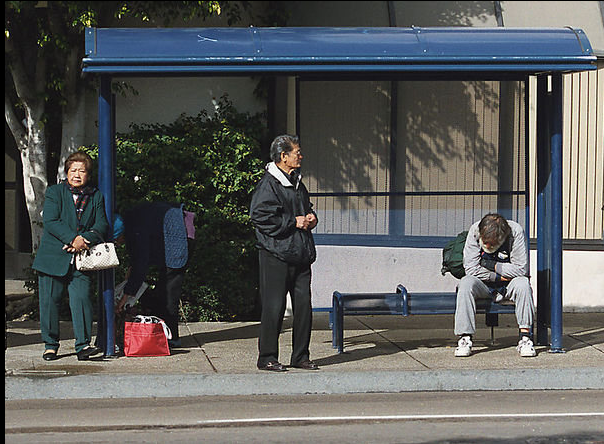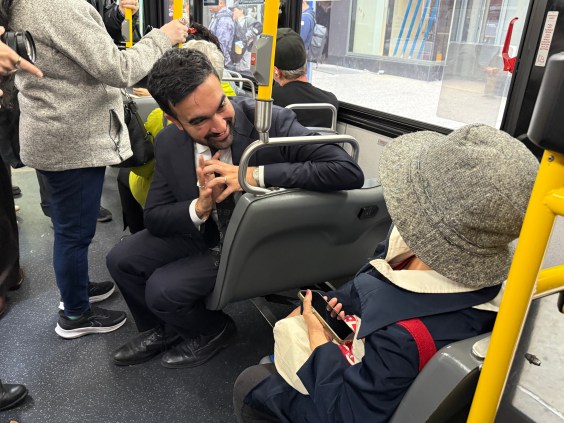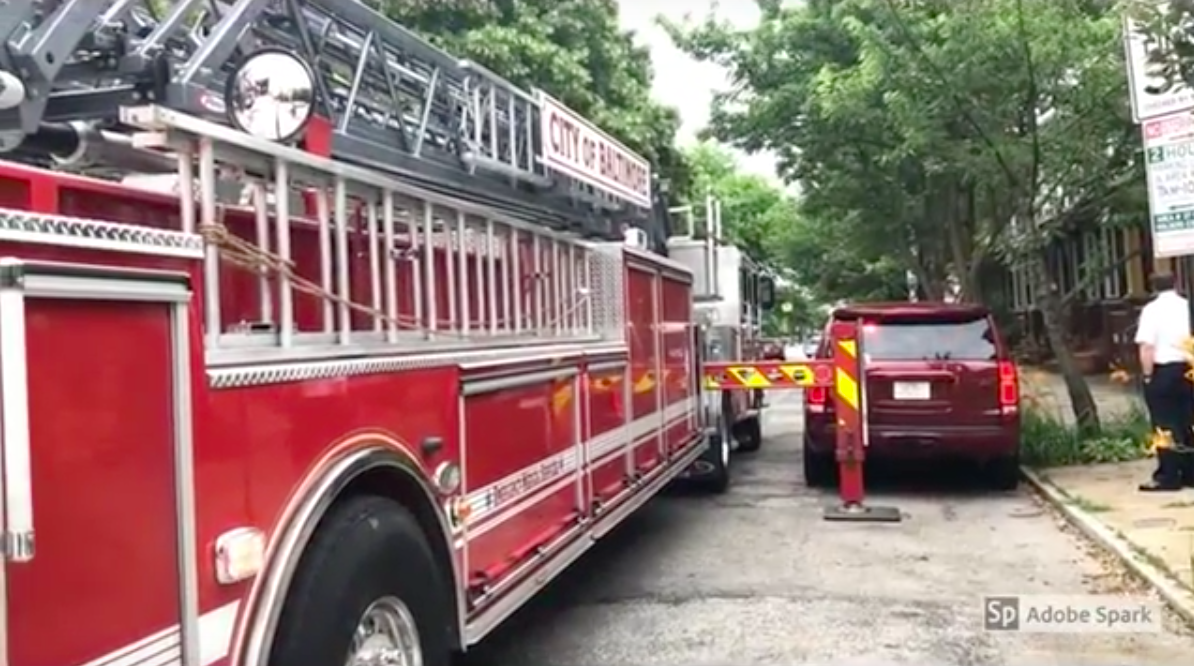There are almost of them 38,000 in Atlanta. Another 65,000 between Dallas and Houston. Nearly 18,000 in Phoenix.
Across the United States, about 700,000 households not only lack access to a vehicle, but live in areas that are not served by transit, according to "Transit Access and Zero-Vehicle Households," a new report from the Brookings Institution.

This isolated population represents about 10 percent of the 7.5 million carless households in the nation's 100 largest metropolitan areas. Beyond issues of social justice, these households' predicament presents a great economic concern for the country, say Brookings researchers.
“Seven hundred thousand households is larger than the population of Columbus, Ohio or San Antonio, Texas,” said Adie Tomer, senior research analyst and author of the report. “These people are terribly constrained in earning a living, getting to the store, or taking their kids to daycare. If this many people were facing a public health scare, this country would be in crisis mode. We need to approach this problem with similar urgency.”
The most vulnerable carless families, by and large, were those that live in the suburbs or the Southwest, according to the report. Cities with the highest number of families lacking access to transit and private automobiles included Atlanta, with just 69 percent transit coverage, Dallas (71 percent), Houston (73 percent), Phoenix (81 percent) and St. Louis (82 percent).
On the other hand, some of the biggest overall transit cities also do the best job making sure nearly every resident has access to service. Los Angeles' transit services reach more than 99 percent percent of the regional population, just ahead of New York (99 percent), San Francisco (98 percent), Seattle (97 percent) and Miami (97 percent).
Report authors point to trends like job sprawl and the increased suburbanization of poverty as aggravating factors that put carless families at economic risk. Since the 1980s, the U.S. has built 655,000 roadway lane miles; this had the effect of increasing the distance between destinations, the report noted.
Brookings researchers urged both local and national leaders to respond to this crisis through land use policies that encourage development in densely populated areas and expanding transit service into under-served suburban communities.





